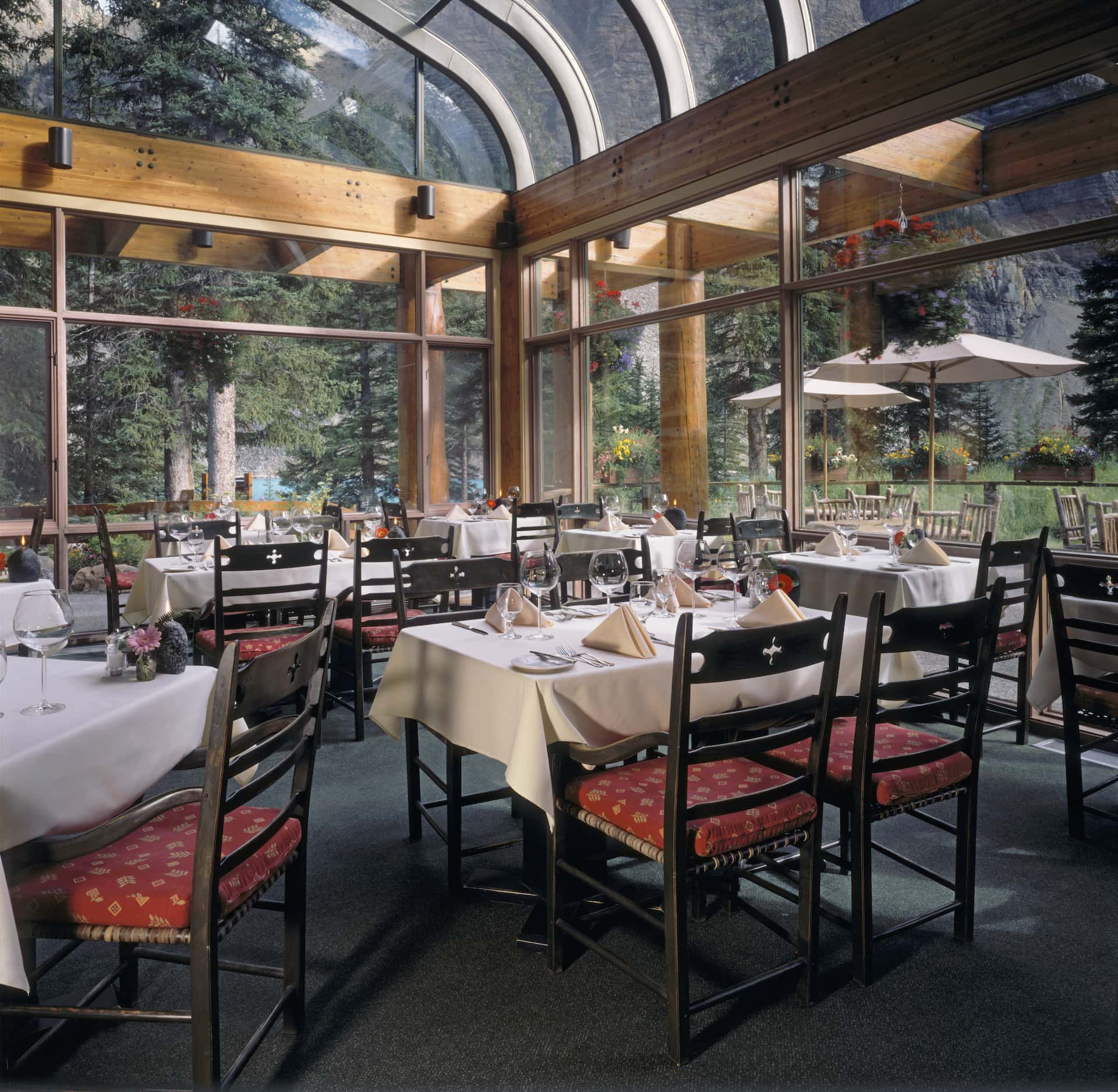The flooring choices you make serve as the foundation for the entire design of your restaurant. Your floors have to be functional and aesthetically pleasing — and more importantly — they need to be compliant with the safety rules and standards for regulated spaces like commercial kitchens and prep areas.
Each area will have different flooring requirements. For instance, kitchens should have slip-resistant floors that protect employees against slips and falls. Bar area floors, on the other hand, should be able to resist drops and spills. Both, however, should have excellent drainage.
The right flooring will help you reduce clutter, prevent accidents, and improve employee productivity. If you’re wondering which flooring option works best for your restaurant, here are the things you need to know:
#1. Understand the Pros and Cons of Each Type of Material
Here are some of the common flooring materials for restaurants and their pros and cons:
| Material | Pros | Cons |
| Concrete |
|
|
| Stone |
|
|
| Ceramic Tile |
|
|
| Laminate |
|
|
| Vinyl |
|
|
| Hardwood |
|
|
#2. Choose The Right Material For Your Application
Restaurant floors, especially in the kitchen area, are exposed to damaging products like chemicals, salt, and oil regularly. They’re also constantly subjected to high traffic and extreme temperatures. However, getting new flooring every couple of years isn’t just time-consuming and inefficient, it’s also very costly. You want to invest in floors that can stand the test of time.
The material you choose should be able to resist abrasion, impact, moisture, and thermal shock. Here are some of the other desirable properties to keep in mind before you decide:
- Your floors shouldn’t require specialized cleaning products or tools.
- Choose a material that has antibacterial or antimicrobial properties to prevent bacteria or mold contamination.
- Opt for seamless and nonporous floors to prevent water and other particles from seeping in.
- Go for slip-resistant materials to prevent accidents that may cause injuries and reputational damage to your business.
- Choose a visually appealing material that matches the style of your restaurant.
#3. Choose a Reliable Provider
Always work with an experienced and reliable flooring company. They should have a professional team that won’t cut corners when they’re working on your project. Your provider should have long-standing relationships with various flooring manufacturers, so you won’t have limited options. They also need to be able to balance function, budget, and aesthetics with your specific needs.
Check Out Our Restaurant Flooring Options
Your restaurant flooring should stand up to constant foot traffic, drops, and spills. They should provide enough grip so your customers and employees don’t slip. They must also look appealing to generate more visual interest for your business. Because of the different considerations you have to keep in mind, choosing the right one for your restaurant can be a real challenge. We’re here to help.
Our team at T2B Commercial Interiors can help you design, choose, and install safe and functional floors for your restaurant. We’ll also consider your restaurant’s budget unique needs when we make our recommendations. We’ll be there with you every step of the way—from creating high-end renders to help you better visualize the space, to procuring materials and supplies, to installation and maintenance.
Contact us today to learn how our designers can meet your needs.

